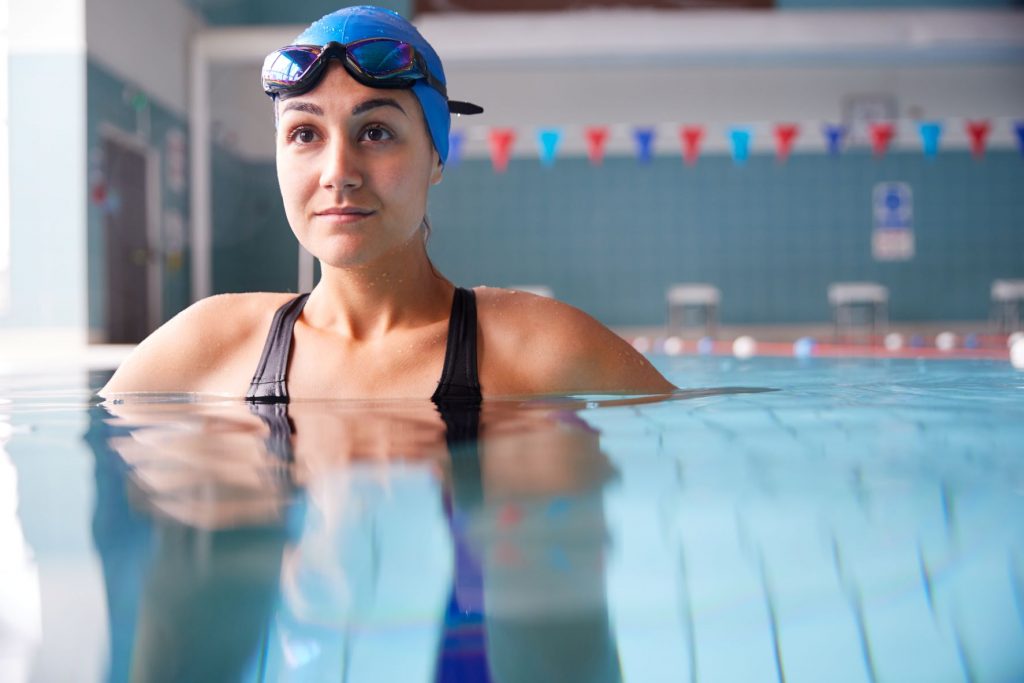What Training Method is Best For Swimming?
If you want to train for swimming, there are several methods available. Some of them include Cross-training, High-intensity interval training, and Long-distance swimming. Read on to find out what you should focus on. Here are some tips: Aqua jogging is a great high-intensity cardiovascular workout that can also be done in the water. Just keep in mind that the water should be just below your neck. You can also use hand paddles to help you with your form. Generally, you should do 3 rounds of five-minute intervals in the water.
Strength training
Swimming requires a high-level of force development through coordinated ankle, knee, hip joint, and upper body actions. Strength training can help correct these imbalances and improve speed and technique. Listed below are a few strength training exercises that you can try. These exercises can help you improve speed and technique and decrease your risk of injury.
When working out with weights, focus on the basic movements, and increase your strength gradually. Remember that different swimmers start with varying levels of strength. You must progress from basic exercises to more challenging ones to improve your strength.

Cross-training
Cross-training is a great way to improve your swimming technique and strengthen your body. This type of exercise can help you reach your goal faster. It also helps you prevent injury. By doing a variety of exercises, you will build your stamina, strength, and muscle balance. This type of workout will also give you a mental break from swimming, which is a demanding sport.
The key benefits of cross-training include improving your confidence and building your fitness base. Cross-training will allow you to keep your swimming routine varied and avoid overuse injuries. It will also challenge your body in ways you have never been able to do before, which will boost your self-esteem.
High-intensity interval training
The high-intensity interval training (HIIT) technique consists of short sprints followed by a long rest. It has been a staple of swim coaches’ workout plans for decades, but scientists are still trying to figure out exactly why it works. A renewed scientific interest in HIIT is producing hundreds of research papers each year. McMaster University chairperson John Donnelly says that while there has been some research on the benefits of HIIT, he has yet to see research on the effects of HIIT in long open water swim events.
HIIT is especially beneficial for swimmers because it improves their cardiovascular fitness, allowing them to train more efficiently, faster, and longer. This training also adds variety to the swimming routine, which can be boring if done in the same way over again. The key to interval training is to use a pace clock, which can either be wrist-worn or hand-held, to keep time. Another helpful tool is to count your breaths and try to keep a constant pace during your workout.
Long-distance swimming
One of the most important things to do when training for long-distance swimming is to learn how to breathe correctly. Proper breathing is vital for swimmers, as it helps muscles function at peak efficiency. Without sufficient oxygen, swimmers will lose performance and become fatigued. To combat this problem, swimmers should develop the habit of deep breathing throughout the swim. This will allow swimmers to fill their lungs faster and keep their head in a neutral position.
A good training method for long-distance swimming includes interval training on a weekly basis. Performing 400-metre repetitions, 800-metre repetitions, and 1000-metre drills each week will build up your endurance.
Freestyle stroke
There are many benefits of learning the Freestyle stroke. First of all, this style is more efficient in training your body to swim properly. This swim style requires a lot of rotation in the torso to maintain a neutral balance. It also requires an incredibly strong kick. This type of swimming can be challenging for some beginners, but it can be learned and perfected over time with practice.
To achieve this technique, the first step is learning to use your right hand to enter the water. This will set up the rest of the stroke. Another important step is learning to hinge your elbows at the pull, which will increase the surface area available for catching water.
Land-based training
A land-based swimming training program provides swimmers with a competitive edge. This training method involves performing strength and conditioning exercises that simulate the movements involved in swimming. Swimming is a demanding sport that requires a year-round commitment and rigorous training schedule. In competitive swimming, one hundredth of a second can determine the outcome of a race. To maximize your training potential and minimise injury risk, you need a training regimen that balances water and land training. Good coaches will also include cross training sessions, including strength and mobility exercises.
A land-based swimming training program should be supervised by a certified swimming instructor. The training should be done under specific conditions designed to ensure the safety of the participants. Whether you train in the water or on land, the main goal should be to develop strength and improve cardiovascular fitness.